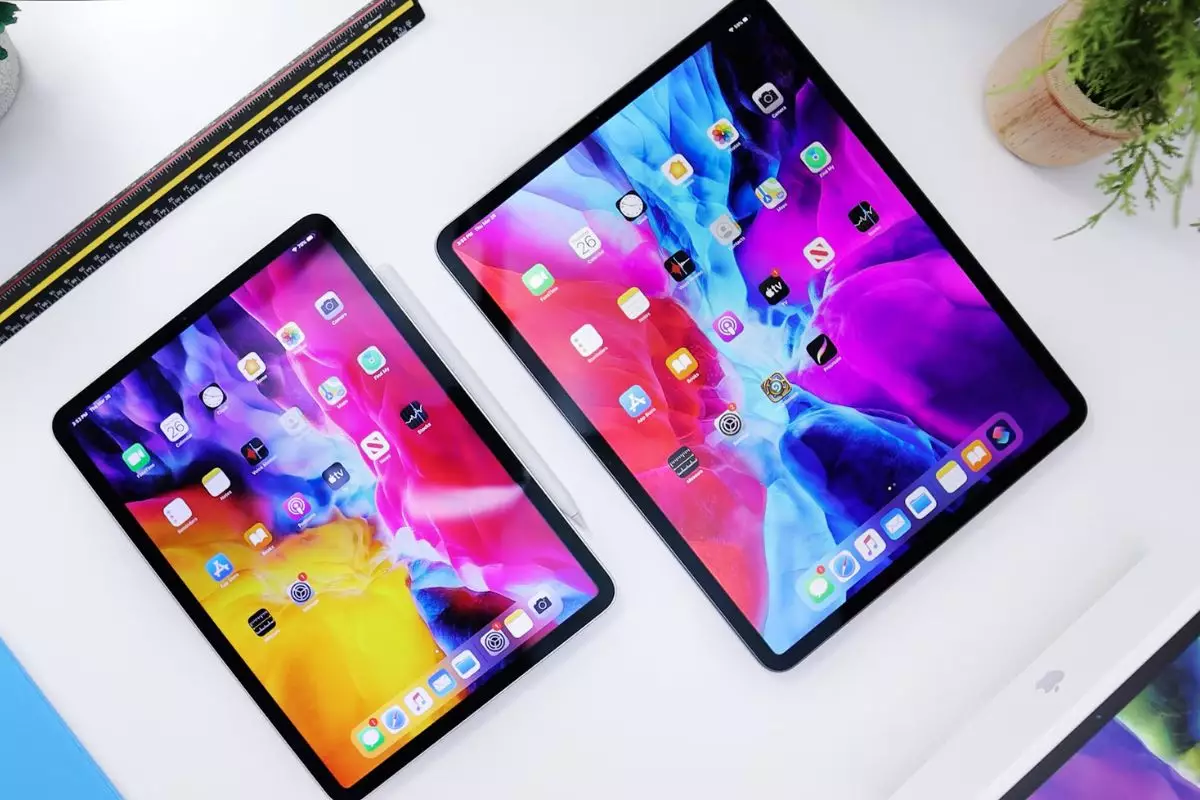The tech community is buzzing with anticipation as Apple gears up for a transformative update to its iPad operating system, iPadOS 19. Reports from renowned journalist Mark Gurman signal that this revitalization will align iPadOS closer to macOS, deviating from its longstanding identity as merely an extension of iOS. If these rumors hold true, iPadOS 19 could usher in a new era of productivity and functionality that has long been overdue for iPad users.
The Hardware-Software Disconnect
For years, Apple’s hardware capabilities have surged ahead of its software offerings, leaving many users yearning for an operating system that could truly harness the power of the latest iPad models equipped with M4 chipsets. While the iPad has undergone remarkable hardware advancements, it has remained shackled by a software environment that has often felt unsophisticated in comparison. The iPad’s potential to serve as a powerful productivity tool has been largely unrealized due to a lack of robust multitasking options, and a stagnant approach to app window management.
Gurman’s insights come not a moment too soon, as the upcoming Worldwide Developers Conference (WWDC) 2025 promises to be a pivotal moment for Apple’s approach to productivity. The company has evidently taken note of the clamoring requests from users eager for a more potent and versatile operating system that can rival traditional computing experiences.
More Than Just Aesthetic Changes
While some previous reports hinted that future updates might focus predominantly on aesthetic enhancements rather than substantial features, the proposed direction for iPadOS 19 suggests a more substantive reworking. Apple appears committed to fostering an environment where multitasking isn’t just an option but a seamless experience. Imagine app window management akin to what Mac users enjoy—this could redefine the iPad’s role in both educational and professional settings.
Although details are still scarce, micro-level tweaks—like revamping the user interface to streamline user interactions—indicate a thoughtful approach to elevating the user experience. The idea of homogenizing iPadOS, macOS, and even visionOS elements could be a strategic masterstroke, enhancing coherence across Apple’s ecosystem and making transitions between devices effortless.
The Call for Cohesion and Usability
The integration of features like glass effects and the simplification of system actions, as proposed by Gurman, reflect an understanding that usability is paramount. By reducing the learning curve and enhancing user engagement through intuitive design, Apple acknowledges that a cohesive and user-friendly interface is a necessity rather than a luxury.
Furthermore, Apple’s promise of reworking select applications signals an understanding of evolving user demographics. This is particularly critical as younger generations continue to enter the workforce, bringing with them new expectations for technology and productivity. By addressing these factors, Apple positions itself as not merely a tech provider but as an enabler of modern work and learning environments.
As the excitement builds around what iPadOS 19 might unveil, there’s palpable hope that Apple will finally deliver on the promise of a truly powerful iPad experience. The time to bridge the gap between hardware capability and software functionality is now—enhancing productivity in a realm that has often felt constrained. Users are not just ready; they are demanding a revolution, and it seems Apple is listening.

